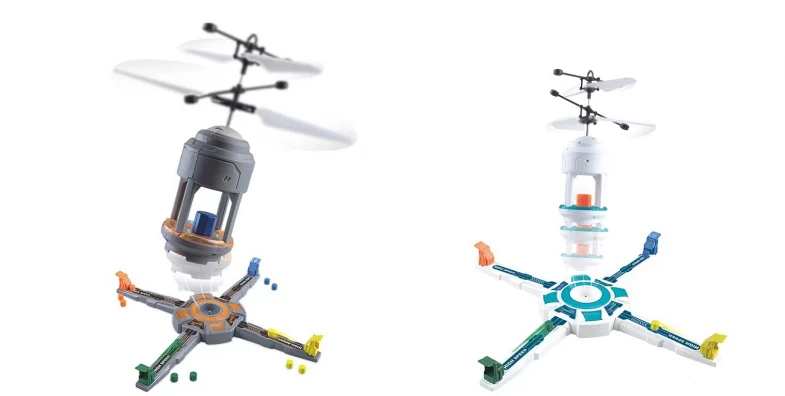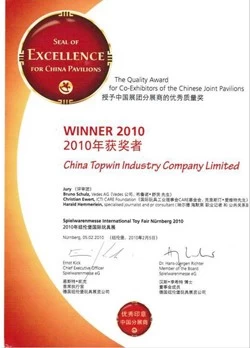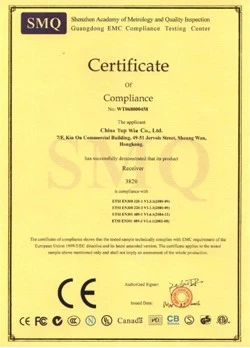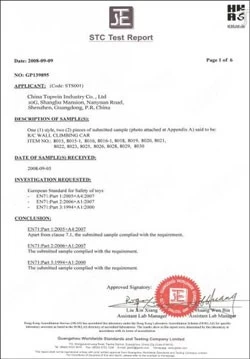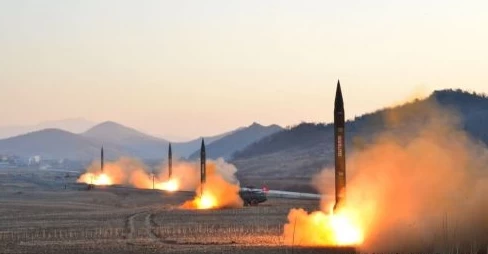Can North Korea’s Fast-Moving Missile Program BeStopped?
steven
chinatopwin
2017-03-31 09:23:13
Can North Korea’s Fast-Moving Missile Program BeStopped?
North Korea has been developing missiles and expanding itsnuclear program for many years. But
The latest test came on March 6, when North Korea launched four missiles. They came down
He adds the continued testing clearly shows that reaching the U.S. mainland with a nuclear
Fitzpatrick and other experts believe that in as little as four years, North Korea could have a
The latest tests did not involve long-range missiles equipped to reach U.S. territory. The
The Soviet Union developed Scud missiles during the last century at a time of tense relations
Fitzpatrick said North Korea’s recent tests did not provide evidence of a major development
Long-range rockets capable of reaching the United States are called intercontinental ballistic
At the same time, North Korea is moving forward with nuclear development to arm its missiles.
Plutonium can be used to produce nuclear arms. North Korea is also thought to have
Many security experts agree that North Korea probably has enough material for at least 20
Fitzpatrick said he believes this will happen one day, given North Korea’s continued
He added that North Korea has also taken steps to improve its methods for launching
Recent tests have shown North Korea has also begun using solid fuel motors in missiles.
“The combination of solid-fueled missiles and tread-tracked vehicles going off road makes thedetection and preemption option far more difficult.”
Fitzpatrick says North Korea’s missile and nuclear development should be “a top priority” for the
Former U.S. President Barack Obama reportedly told Trump that he believed North Korea
Former U.S. Navy Admiral Samuel Locklear led the U.S. Pacific Command from 2012 to 2015.
“Certainly there are many elements of national and coalition power that range from diplomatic
The U.S. ambassador to the United Nations, Nikki Haley, said North Korea must take
Her comments came before U.S. Secretary of State Rex Tillerson’s planned trip to Asia,
One way for the U.S. and other countries to deal with North Korea’s immediate threat is
Locklear said THAAD - combined with South Korea's existing missile defenses - would
North Korea has been developing missiles and expanding itsnuclear program for many years. But
recently, North Korea hasgreatly increased production and testing of weapons, leadingmany
security experts to urge immediate action to stop it.
The latest test came on March 6, when North Korea launched four missiles. They came down
inwaters off Japan’s northwest coast.
In recent months, North Korea has tested a number of missiles, including a new medium-rangemissile in February. It also carried out two nuclear tests last year.
The most recent tests came as the United States and South Korea launched joint
In recent months, North Korea has tested a number of missiles, including a new medium-rangemissile in February. It also carried out two nuclear tests last year.
The most recent tests came as the United States and South Korea launched joint
militaryexercises. U.S. officials described the exercises as a series of joint and combined
ground, air, navaland special operations field training. North Korea has called them a rehearsal
for an invasion byenemies.
Studies(IISS). He says the fact that North Korea fired four missiles at the same time
shows a new level ofoperational skill.“Each missile test does give North Korea more
knowledge and it contributes to North Korea'squest eventually to be able to have a nuclear
armed missile that could hit the United States.”
He adds the continued testing clearly shows that reaching the U.S. mainland with a nuclear
missileis a goal of North Korean leader Kim Jong Un.
Fitzpatrick and other experts believe that in as little as four years, North Korea could have a
long-range missile armed with a nuclear warhead.
“The accelerated pace of North Korea's testing over the last few years is certainly a cause
“The accelerated pace of North Korea's testing over the last few years is certainly a cause
forconcern. Last year there were 24 missile tests and this year is off to the races, with five
missileslaunched to date.”
The latest tests did not involve long-range missiles equipped to reach U.S. territory. The
fourrockets were identified as extended-range Scud missiles, each with an estimated range
up to1,000 kilometers.
The Soviet Union developed Scud missiles during the last century at a time of tense relations
withthe United States and the West. They were modernized versions of rockets built by
Germanyduring World War II.
Fitzpatrick said North Korea’s recent tests did not provide evidence of a major development
in Scud missile technology. But he added that even if the missiles are older, the international
community should still be concerned about the tests. These shorter-range missiles can easily
striketargets in South Korea and Japan.
Long-range rockets capable of reaching the United States are called intercontinental ballistic
missiles.
North Korea is currently thought to be developing several of these ICBMs. Some are saidto have a
range of up to 10,000 kilometers.
At the same time, North Korea is moving forward with nuclear development to arm its missiles.
Recent satellite images have shown signs that North Korea was preparing to restart production
ofplutonium at its main nuclear center.
Plutonium can be used to produce nuclear arms. North Korea is also thought to have
produced highly enriched uranium for its nuclear weapons.
Many security experts agree that North Korea probably has enough material for at least 20
nuclearweapons. However, there is no clear evidence that North Korea has successfully
miniaturized anuclear weapon for a missile.
Fitzpatrick said he believes this will happen one day, given North Korea’s continued
engineeringand technological development.
He added that North Korea has also taken steps to improve its methods for launching
anddeploying missiles. During the past year, it showed a new capability to fire missiles from
vehicleswith treads similar to those on tanks. This gives these launch vehicles the ability to
travel off mainroads to places not as easily found by surveillance.
Recent tests have shown North Korea has also begun using solid fuel motors in missiles.
Fitzpatrick says such missiles can be filled and launched much faster than rockets powered
byliquid fuel.
“The combination of solid-fueled missiles and tread-tracked vehicles going off road makes thedetection and preemption option far more difficult.”
Fitzpatrick says North Korea’s missile and nuclear development should be “a top priority” for the
United States and President Donald Trump. Kim Jong Un said in a New Year’s speech his
countrywas in the final stages of developing missiles capable of hitting the United States. Trump
reactedon Twitter by saying, “It won’t happen.”
Former U.S. President Barack Obama reportedly told Trump that he believed North Korea
isperhaps the greatest immediate threat to the United States. An Obama administration
officialsaid the former president told Trump that Chinese support will be necessary when
dealing withNorth Korea.
Former U.S. Navy Admiral Samuel Locklear led the U.S. Pacific Command from 2012 to 2015.
Hesays U.S. officials need to consider a number of ways for dealing with North Korea, including
possible military action.
“Certainly there are many elements of national and coalition power that range from diplomatic
toeconomic. But at the very base of all those would be military power that the U.S. and its
alliesmust
continue to consider."
International attempts at negotiations with North Korea on the nuclear issue have not
International attempts at negotiations with North Korea on the nuclear issue have not
beensuccessful. The last six-nation talks on North Korea’s nuclear program started in 2003,
but havebeen suspended since late 2008.
The U.S. ambassador to the United Nations, Nikki Haley, said North Korea must take
“positiveaction” before it can be taken seriously. She spoke to reporters after a U.N.
Security Councilmeeting over the most recent launches.
Her comments came before U.S. Secretary of State Rex Tillerson’s planned trip to Asia,
whereNorth Korea is likely a main issue for discussion.
One way for the U.S. and other countries to deal with North Korea’s immediate threat is
todeploy anti-missile defenses. American forces have already begun deploying an anti-missile systemin South Korea. The system, called THAAD, could be operational as early
as April, according to theSouth Korean military.
Locklear said THAAD - combined with South Korea's existing missile defenses - would
greatly strengthen the country's ability to react to a North Korean missile attack.








